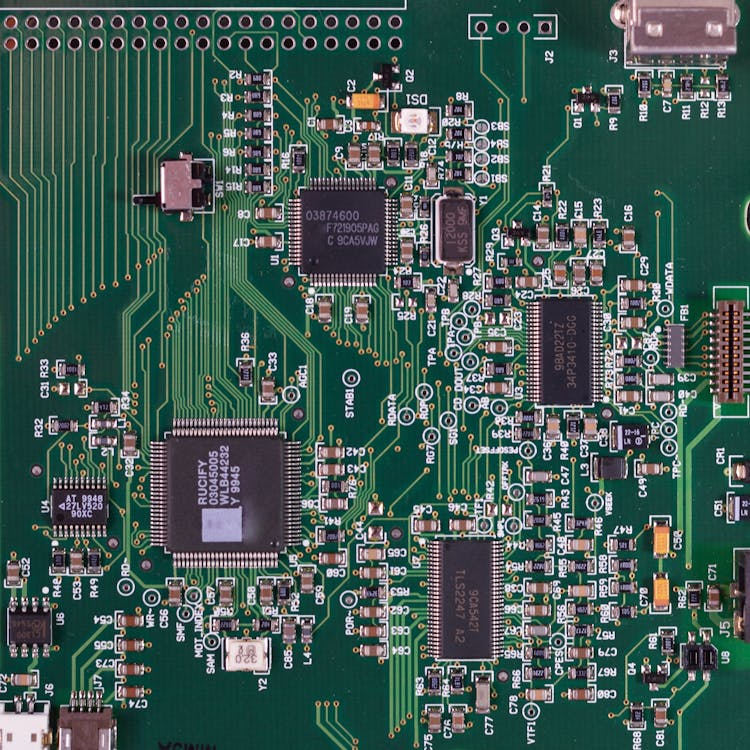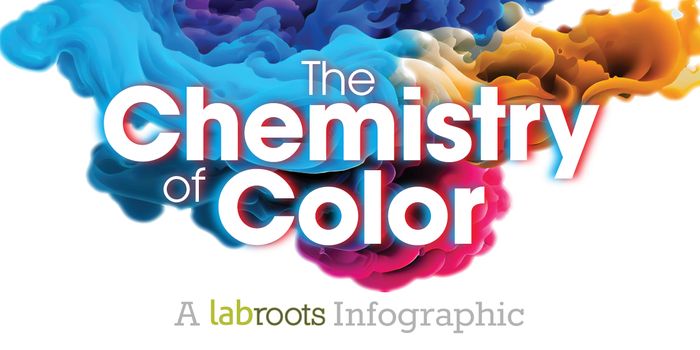How to generate visible laser light on microchips
A new study reported in the journal Optica highlights the development of a microchip technology that can convert invisible near-infrared laser light into red, orange, yellow, and green lasers. Led by researchers at the National Institute of Standards and Technology (NIST) and the University of Maryland, the study has implications for applications in quantum information science.
The technology adds to the NIST on a Chip program by producing laser light on integrated microchips. The goal of the technology is to allow industries, medicine, and academia to access a wide range of specified wavelengths using a single, small-scale platform, that is inexpensive and integrates lasers with miniature optical circuits that can be used to precision timekeeping and quantum communication systems.
Small, lightweight visible-light laser systems that have low energy requirements are the key to developing atomic optical technologies that can be used outside of laboratories. To try to achieve this, Xiyuan Lu, Kartik Srinivasan, and their colleagues used silicon nitride, a material that has a nonlinear response to light.
As explained by Science Daily, that means that “if incoming light has high enough intensity, the color of the exiting light does not necessarily match the color of the light that entered. That is because when bound electrons in a nonlinear optical material interact with high-intensity incident light, the electrons re-radiate that light at frequencies, or colors, that differ from those of the incident light.”

Using a process called third-order optical parametric oscillation (OPO), in which the nonlinear material converts incident light in the near-infrared into two frequencies, the researchers were finally able to produce particular visible-light wavelengths. They then designed different microresonators to put on each microchip so that they would generate different colors.
"The benefit of our approach is that any one of these wavelengths can be accessed just by adjusting the dimensions of our microresonators," said Srinivasan.
"Though a first demonstration," Lu said, "we are excited at the possibility of combining this nonlinear optics technique with well-established near-infrared laser technology to create new types of on-chip light sources that can be used in a variety of applications."
Sources: Optica, Science Daily








